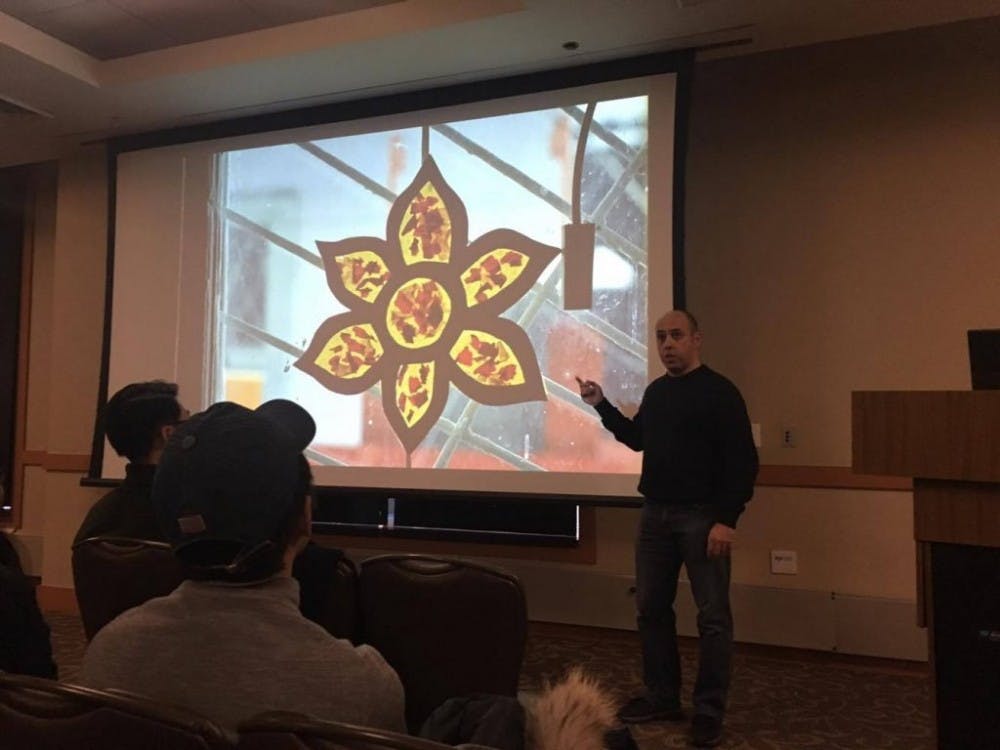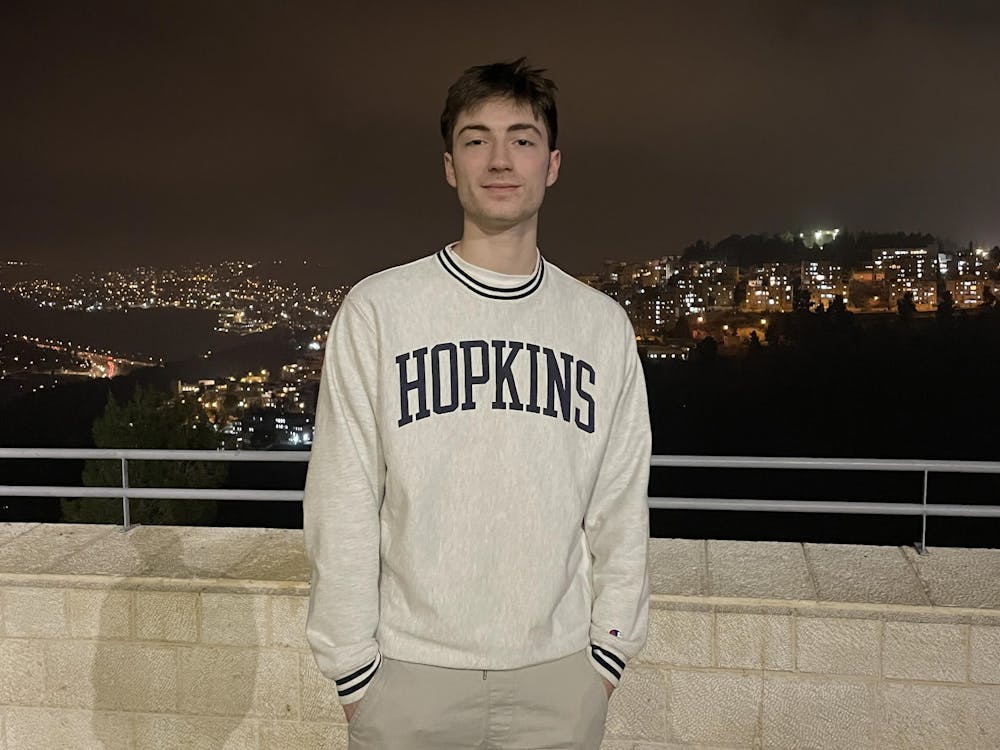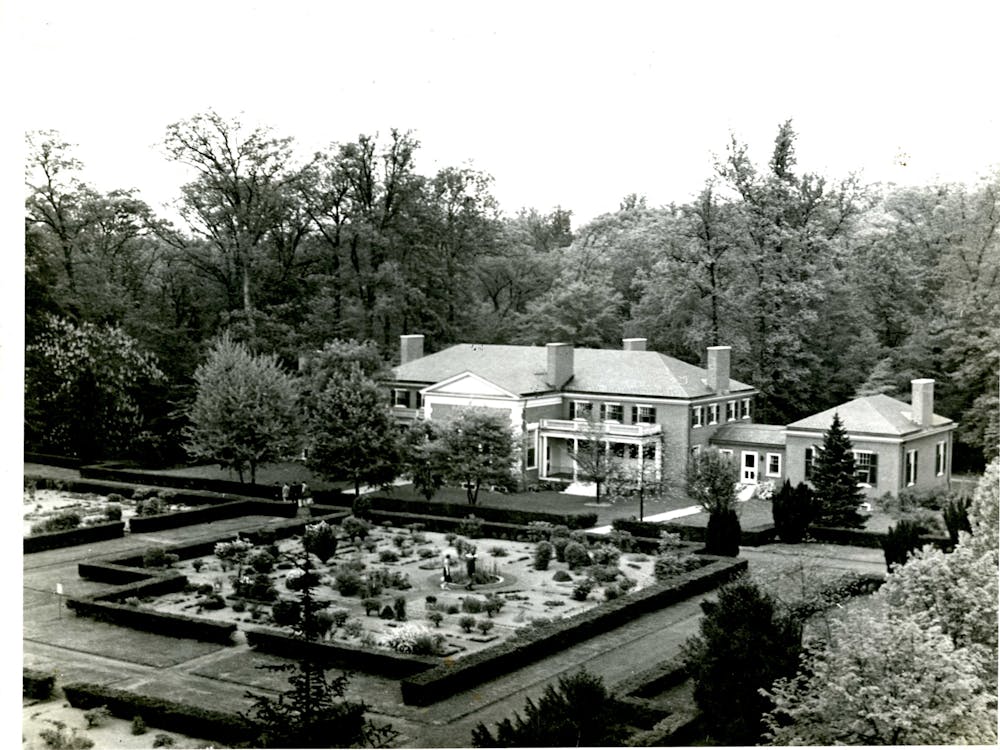George Kolotov, a Kyrgyz photographer and activist, shared his experiences documenting the political, economic and social turmoil in Kyrgyzstan through his art. Kolotov spoke at an event hosted by the East Asian Studies (EAS) Student Advisory Committee titled “Intersecting Art and Development,” on Friday, March 10.
He began his talk explaining how he first became a documentary photographer. Kolotov recounted when he first stepped into a rehabilitation center for disabled children. The center’s director had gestured to a paper flower that the children had made and told Kolotov that, by coming to the rehabilitation center, Kolotov had entered a different world.
Kolotov recalled the director’s words.
“‘My children say that these pieces of papers represent themselves, their souls. This is their heart,’” he said. “And [the director] continued, ‘Do you see this black border? This is the wall between the children here and the rest of the world.’”
Kolotov said from that point on, his work aimed to provide viewers with a glimpse into the world of unseen poverty and the ramifications of urban development. He assured the audience that anyone can make a difference, regardless of their background.
However, Kolotov warned against charity that does not consider the broader implications of the act itself.
“Most people think that any donation is a good donation,” he said, “This is the wrong state of mind.”
Kolotov cited clothes, food or juice as bad donations. He related an account of seeing tourists bringing juice to children in a poor local area in Kyrgyzstan.
“Many of these children have never had juice in their lives before,” he said. “Can you imagine 100 or 200 kids with an upset stomach all at once? A good donation is not to bring something once, but to invest in their future.”
He also conceded that this applies to his own actions and described an instance in which he was trying to help someone but ended doing more harm than good. Kolotov once photographed a young woman named Dasha who worked in Kyrgyzstan’s Cancer Center and Center for Blood Diseases. She was the only certified child psychologist and hospital clown in the entire country.
He photographed her working with terminally ill children in order to help expand her opportunities. However, the project stopped after many of the children she was working with died of various diseases, including leukemia.
Kolotov described what happened when Dasha decided to publish her story of helping these children. Her work garnered massive public attention, and local news sources picked up the story as well.
“The next day, things were completely different. Dasha literally woke up famous,” Kolotov said. “Crowds of local journalists flooded the hospital.”
In the end, the attention that the story drew led to Dasha being fired from her position by the people who ran the hospital. The price of treatment skyrocketed and made it inaccessible for many patients. Kolotov also realized his photographs did nothing to actually help the children.
“Only one child survived during the project,” he said. “There were 96 young patients in total.”
Photography Instructor in the Center for Visual Arts Phyllis Berger asked about the boundary between creating art and exploiting the photographed subjects in documentary photography.
“Capturing human suffering through the camera lens becomes objectification of the person or subject,” she said. “Does it sense a higher purpose? Where will these images go: in an exhibition, in a book?”
Sophomore Constanza Mayz also noted the beauty within the suffering presented in Kolotov’s photographs. Out of the projects he presented, she was particularly drawn to a picture of the one patient who survived throughout Dasha’s project.
“The picture of the little boy... you could see everything in his eyes. It was amazing,” she said.
Junior Daniel Kim, the chair of the EAS Student Advisory Committee, first met Kolotov during an internship at the Baltimore World Trade Center.
“I wanted to have other people listen to his story in order to be similarly inspired,” Kim said.























Please note All comments are eligible for publication in The News-Letter.